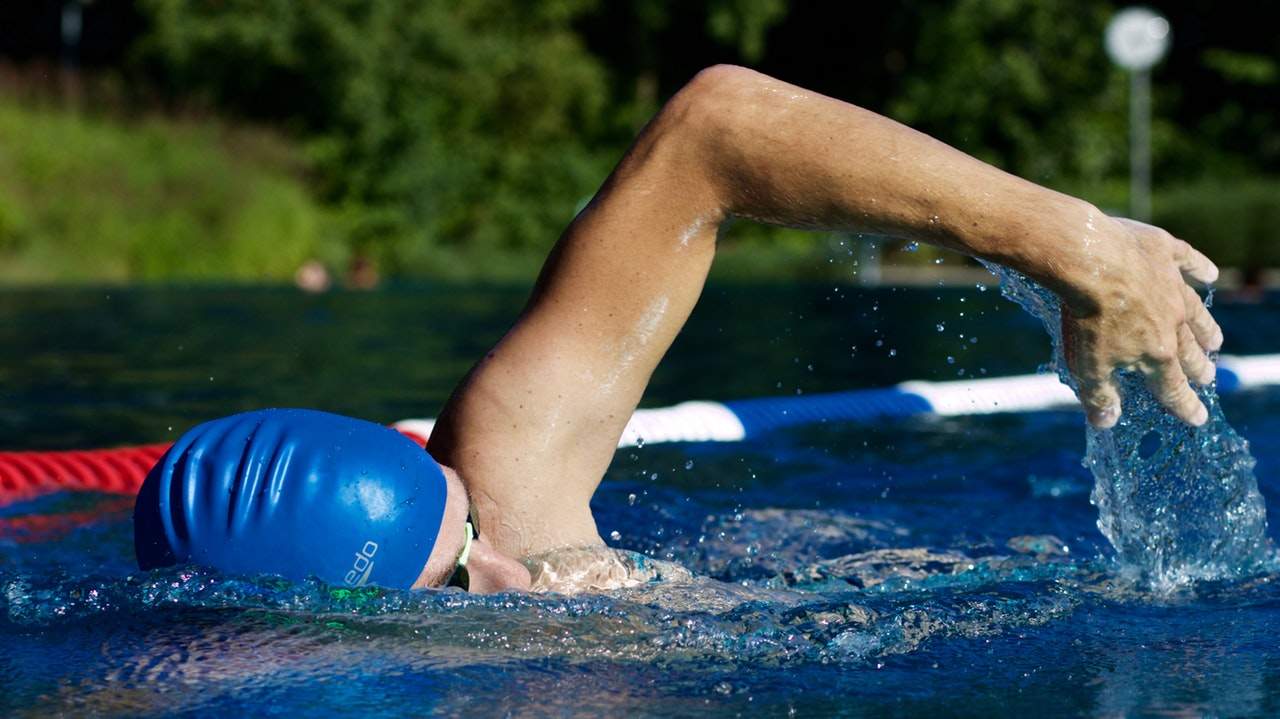
Categories: Strength and Conditioning
By far, the most common musculoskeletal complaint in the swimming population is shoulder pain. This should make a lot of sense as the repetitive overhead nature of swimming doesn’t allow much room for error….

Categories: Strength and Conditioning
By far, the most common musculoskeletal complaint in the swimming population is shoulder pain. This should make a lot of sense as the repetitive overhead nature of swimming doesn’t allow much room for error….